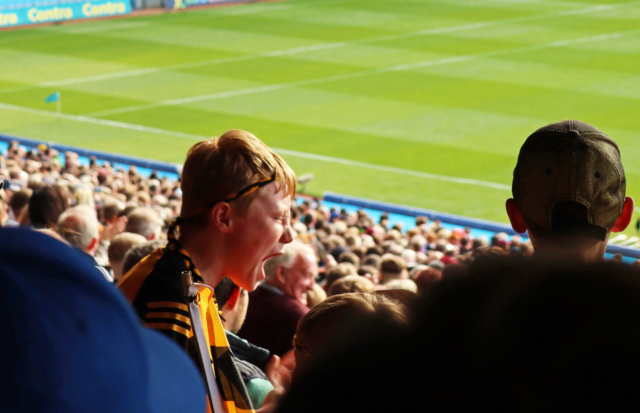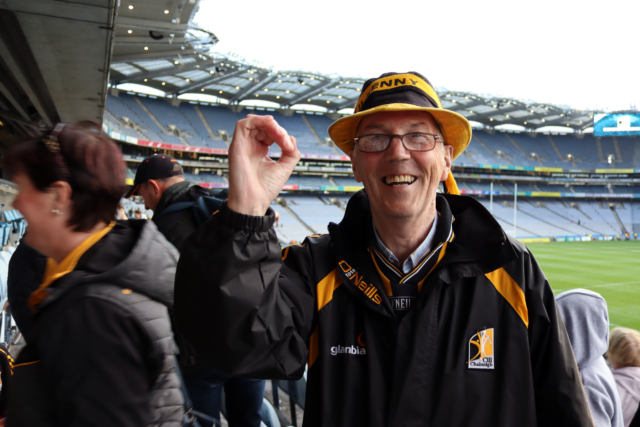By Kenzie Campbell | Guest Contributor
Hurling is one of the oldest field games in the world and has created a culture filled with pride, respect and competition.
According to the Gaelic Athletic Association, the inspiration for hurling came from old Irish myths and legends. The most popular is the Hound of Cullen — the story of a warrior who killed a ferocious guard dog by hurling a ball down its throat.
During early versions of the game, the match often became so violent that the Celtic legal system gave compensation for accidents, injuries and deaths that were a result of hurling. Because of this, the sport was outlawed in the 12th century, but it survived until the 19th century through the Great Famine. The version seen today was formed by the Gaelic Athletic Association in 1884.

In simple terms, hurling consists of 15 players on each team who are trying to get a ball above or inside the goal post with a wooden stick. Players can either catch, kick, run with or strike the ball, which is called the sliotar. In hurling, you can use your hands, feet and the wooden stick, which is known as a hurly, to move the ball down the field and score.
Galway local and fan Mark Larkin said it’s a very athletic game that takes immense strength due to the size of the field and the competition against others.
“It’s a warrior game,” Larkin said. “You have to be very tough.”
The scoring consists of two types: above and in the goal. If a player scores above the H-shaped post, they score one point; this is typically done more because there is no goalie. However, scoring inside the goal gets the team three points.
While hurling has many rules, the referees don’t always make the call. Ally Hom, a junior at Emory University, learned about hurling from Irish coaches, who said the refs are normally lenient with the rules.
“They call them ‘rules-ish,’” Hom said. “They’re very up to interpretation. They said that the refs don’t call a lot of the mistakes. The only things that they call are when you injure someone.”

The advertising-based sports industry that America has come to know is not present in Ireland. There are very few sponsors for a hurling match and no commercial breaks. People are only there to watch the match. Larkin said celebrities have been booed off the stage because fans don’t care to see anything other than the match.
Another difference from American sports culture is that the players, coaches, refs and medics are all volunteers. Players are only compensated for the amount of gas they use to get to matches; they have full-time jobs and practice three to four times a week at their own expense.
“They don’t get a salary; they just love the game,” Larkin said. “That’s enough to motivate them to play for their country, because it’s pride.”




